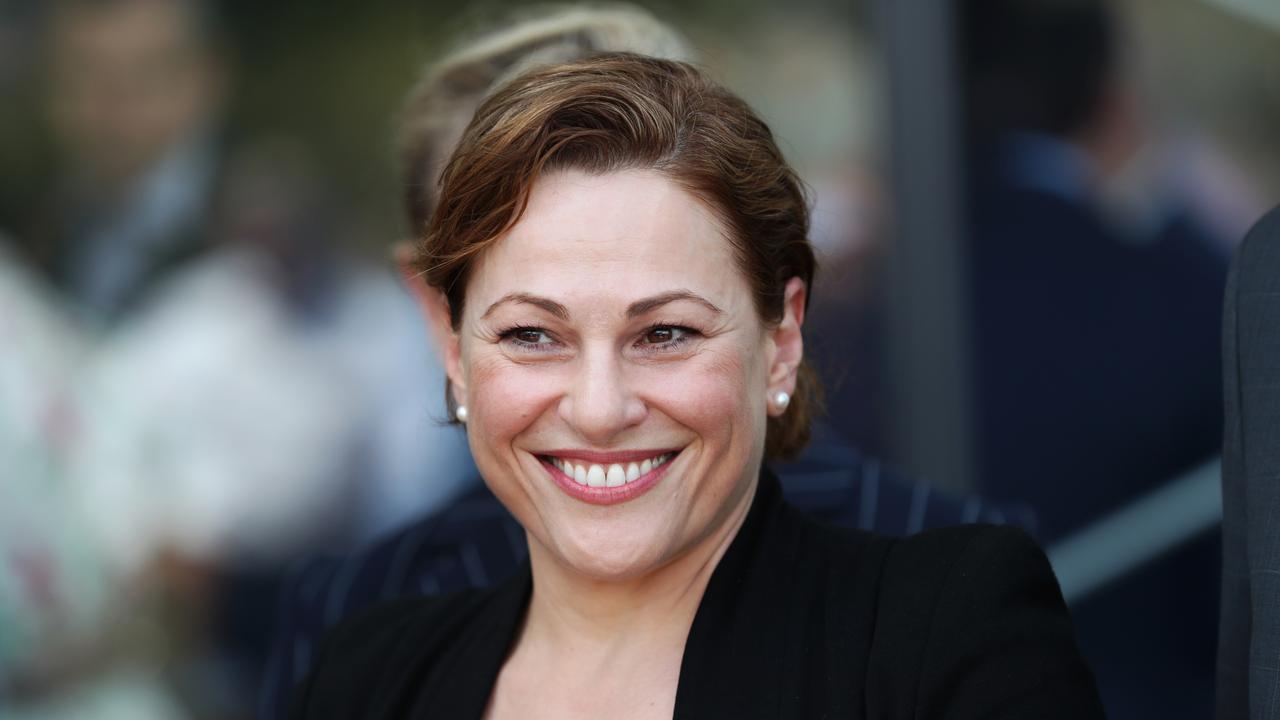Aboriginal cash ‘siphoned’ off by Northern Territory
Millions in federal funds to tackle indigenous disadvantage have been siphoned off by the NT government.
Hundreds of millions of dollars each year in federal funds allocated to tackle indigenous disadvantage are instead being siphoned off by the Northern Territory and spent on other things, according to expert analyses of official figures.
The trend, which began under the Country Liberals in the 1990s and was expanded by Labor in the 2000s, appears to have continued into this term of government, despite the CLP winning back power in 2012 with support from disgruntled bush Aborigines.
Budget papers reveal the CLP government will have collected more than $2 billion more in revenue by the end of this term than forecast when it came to office — equivalent to a third of a single year’s outlays.
The government has upped overall spending year-on-year, but according to figures compiled by Darwin-based chartered accountant and former Northern Territory Council of Social Service president Barry Hansen there is no evidence that the “huge backlog of need” in the remote bush is being addressed.
A spokesman for Territory Treasurer Dave Tollner disputed Mr Hansen’s analysis as “simplistic”, and argued state and territory governments were free to distribute revenue as they saw fit. The chairman of Tony Abbott’s Indigenous Advisory Council, Warren Mundine, Australian Indigenous Education Foundation head Andrew Penfold and conservative former minister for Aboriginal affairs Fred Chaney called for better audits and a more transparent approach.
The Territory has the nation’s highest rates of indigenous incarceration and poorest scores on the National Assessment Program — Literacy and Numeracy.
A landmark review of indigenous education found that, by Year 3, children in very remote areas in the Territory were on average two years behind those living in similarly remote areas in other parts of the country. By Year 9, the gap was five years.
In a letter to constituents in the lead-up to the last federal election, Territory Chief Minister Adam Giles objected to Labor’s proposed Gonski school funding formula on the basis it “diverts money away from urban students in Darwin, the rural area, Palmerston, Alice Springs and Katherine and redistributes it to remote schools”.
According to calculations by Charles Darwin University professor of public policy Rolf Gerritsen, more than 60 per cent of urban schools are over-funded under the Gonski formula compared with a tiny minority of remote schools.
Overall, education funding has increased substantially in the past decade without measurable improvements in performance, but it is not clear the needs of bush schools are being met.
The Territory government recently launched a new indigenous education strategy that includes a trial of the Direct Instruction method favoured by Cape York indigenous leader Noel Pearson.
Mr Chaney said figures across the board showed there had been “a systematic underspend in the Northern Territory outside Darwin”, spanning many years. He said remedying the problem should be a condition of the Territory achieving statehood.
According to Mr Hansen’s analysis, successive Northern Territory governments have “for decades failed by a huge margin to fully spend funds provided to it by the commonwealth and intended for indigenous and other disadvantaged people”.
“This is despite them using the plight of those same people in its arguments for more money,” Mr Hansen wrote in a summary for The Australian. The figures sparked opprobrium when presented at the Garma Festival in Arnhem Land last week. Mr Penfold promised to raise the issue with the Prime Minister.
“Not only is this something that appears to be bordering misappropriation of funds … (but) the Northern Territory is then turning around and appealing for more money under the indigenous advancement strategy,” Mr Penfold said.
Mr Mundine said while about $30bn was spent annually on indigenous programs nationwide, many wellbeing indicators were not improving. There was a need to audit what all governments were doing.
The Territory receives more than 80 per cent of its revenue from Canberra, much of it in the form of GST allocated on the basis of indigenous disadvantage.
In the 2015-16 budget, Mr Tollner made generous allowances for items such as sports tracks and bowling greens that he said where part of “developing the north”.
Federal Indigenous Affairs Minister Nigel Scullion said: “For too long, indigenous affairs funding from all levels of government has not delivered the benefits that it should to Aboriginal and Torres Strait Islander communities. That is why I have made significant reforms to the way indigenous affairs funding is delivered including that provided to the NT government.”
He declined to comment on Mr Hansen’s figures. The analysis was based on Territory budget papers and Commonwealth Grants Commission calculations. These figures reveal an underspending of $400 million-$500m annually in key areas of benefit to Aborigines, he found.
A spokesman for Mr Tollner said Mr Hansen’s summary was a “simplistic, misinterpretation of how federal government funding is received and distributed by the Northern Territory government”. “The assessments do not represent defined benchmarks for the allocation of GST revenue by states and territories,” he said.
“The commission itself has noted that states and territories have discretion on how they use GST money … In addition, the CGC uses national average policies, which reflect the policies of the larger states … so measuring actual Territory spending against the commission’s assessed expenditure does not provide an apples-with-apples comparison.”




